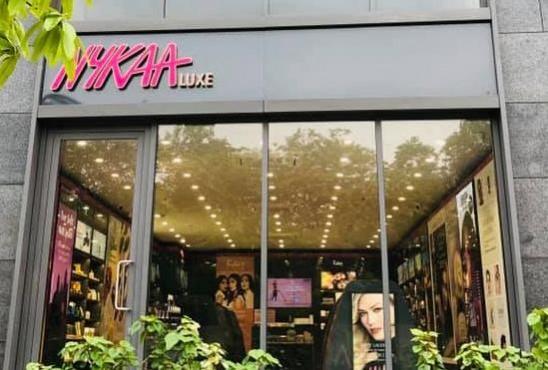
India is on track to become a global powerhouse in the beauty and personal care market, surpassing other major markets such as China, the US, Japan, and South Korea. A report by online beauty and fashion marketplace Nykaa predicts a growth rate of 10-11% by 2028, taking the market value to $34 billion, a significant leap from the current $20 billion. This growth rate is considerably higher than other countries, with China expected to grow at 4-5%, the US at 2-4%, Japan at 2-3%, and South Korea at 2-3%.
The report attributes this rapid growth to several factors, including the rise of e-commerce. E-commerce is expected to be the biggest driver of this growth and the fastest-growing segment, with a projected Compound Annual Growth Rate (CAGR) of around 25%. This reflects a shift in consumer shopping preferences and the expansion of online platforms like Nykaa, which have made beauty products accessible to consumers across the country, including those in remote areas.

Another significant factor contributing to the growth of the Indian beauty and personal care market is the increasing aspirations and higher incomes among Indian consumers. This is driving demand for premium beauty products, which are expected to reach $3-3.2 billion by 2028. This trend is fueled by a growing middle class and higher disposable incomes, which allow for more investment in personal grooming and self-expression through premium brands.
The report also highlights the role of social media in influencing consumer choices and democratizing beauty expertise. With 520-560 million users expected by 2023, social media platforms are playing a crucial role in shaping consumer preferences and trends in the beauty and personal care market.
However, the growth of the online market is not without its impact on the offline trade sphere. The report indicates that the share of unorganised offline trade channels, which held an estimated 55% in 2023, is expected to reduce to 35% by 2028. This shift suggests a consolidation and formalisation of the market, likely due to the growth of e-commerce and the expansion of organised retail, which is outpacing the traditional, unorganised sector.

















